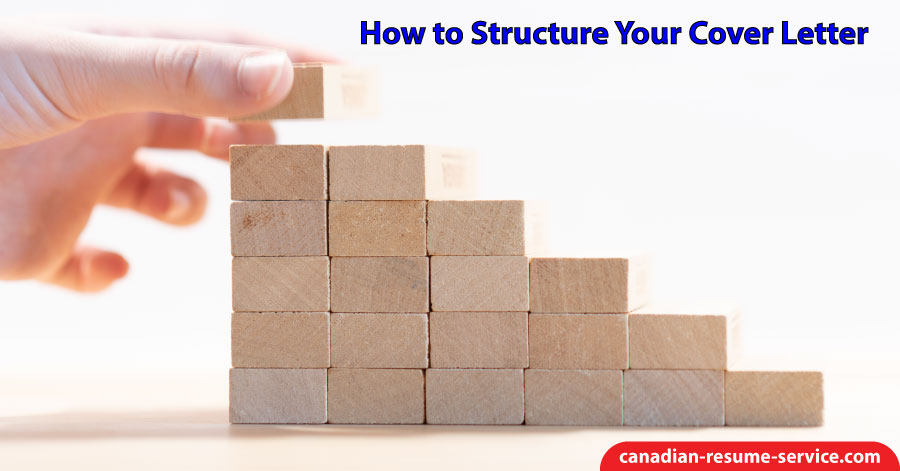Writing an attention-grabbing cover letter to accompany your resume can be frustrating and tricky.
Dismiss the temptation to opt out of not submitting a cover letter!
Failing to send a cover letter can look as though you’re not putting in the effort. It can be difficult to decide precisely what to include in the letter and what to leave exclude.
If you’re finding it hard to put your cover letter together, check out the tips below on structuring the document.
Use Three Sections
Like any letter, your cover letter can be divided into three discrete sections; the opening paragraph, the main body of the message, and your closing paragraph.
Here are some user-friendly tips on what to include in each section:
Opening Paragraph of the Cover Letter
The opening sentences are an essential part of your letter because it’s the first chance your reader has to form an opinion of you.
It’s essential to address the letter to a specific person, if possible. Make an effort to find out the hiring manager’s name or the chair of the selection committee. Furthermore, you must spell the person’s name correctly; there’s nothing more likely to make a poor first impression than spelling the manager’s name wrong!
Your first paragraph should state the position you’re applying for and the relevant job posting number (if applicable). It’s wise to indicate where you heard about the vacancy; this is especially important if you’ve been referred by an existing employee as this can often go in your favor. On the other hand, you may be applying to a position where there is no job posting, which is fine; this happens all the time.
Main Body of the Cover Letter
The main body of your letter is where you convince the reader that you are the right person for the job. Remember that if you don’t capture the manager’s interest in your cover letter, they may not bother to read your resume.
Focus on the primary duties involved in the job and demonstrate your ability to excel in these areas by giving concrete examples of your professional work experience. Researching the company or organization can pay off. The more you know about the company, the better you can tailor your skills and attributes to match the company’s requirements.
If the company has a website, spend some time reading through it and gathering information. Find out what’s paramount to them and be aware of current projects and potential issues. If you can demonstrate in your letter, you’ve gone to the effort of finding out about the company. Doing research will impress the hiring manager.
It’s critical to put your stamp on your cover letter—let your personality and enthusiasm for the job shine through. Tell the manager why you want this job and what you could contribute to the company. Try to communicate what draws you specifically to this company and how your skills and experience could be of benefit.
Conclusion
The concluding paragraph should state that you would welcome the chance to demonstrate your suitability for the position at an interview further. Always include your contact number, just in case your letter becomes separated from your resume.
After the letter is completed, enlist the help of someone with an excellent ability to spot grammatical errors. Even if you are confident in your abilities, it’s easy to be blind to your own mistakes—always get it checked over before sending.
What other cover letter tips can you offer? Comment and share below! If you need additional help, reach out to Candace!

